19 Oldest Rivers in the World
Meuse River, Europe (Age: 320-340 million years)
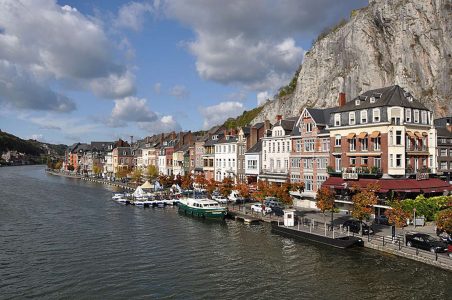
Stretching through France, Belgium, and the Netherlands, the Meuse River dates back to the Carboniferous period. Its estimated age of over 320 million years places it among Earth’s most ancient rivers. Originating from the Langres Plateau in France, the river flows gently toward the North Sea, carving picturesque landscapes along its journey. The Meuse has shaped European history, serving as a trade route since Roman times. Its calm waters hide a rich geological history, as they eroded ancient rock formations over millions of years. Despite its longevity, the Meuse remains vital for agriculture and energy production today. Its beauty and historical significance continue to captivate travelers and locals alike.
Nile River, Africa (Age: 30 million years)

Often mistaken for the oldest river due to its fame, the Nile is still remarkably ancient, dating back 30 million years. Stretching over 6,600 kilometers, it is the longest river in the world and has nurtured civilizations for millennia. Originating in East Africa, the Nile flows northward into the Mediterranean Sea, shaping diverse ecosystems along its path. Geological evidence suggests the riverâs earliest stages began in the Miocene epoch, with subsequent shifts in its course. The Nile’s fertile floodplains supported ancient Egyptian agriculture, forming the backbone of their empire. Today, it remains a vital resource for millions across 11 countries. Its rich history intertwines natural beauty with cultural legacy.
Mackenzie River, Canada (Age: 20-50 million years)
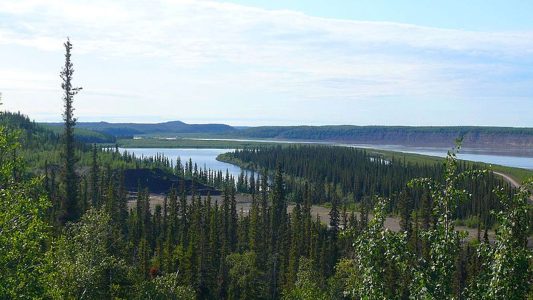
Canada’s Mackenzie River is not just the longest river in the country; it is also among the oldest in the world, with an estimated age of 20-50 million years. Flowing through the breathtaking wilderness of the Northwest Territories, this river originates from Great Slave Lake. Its journey to the Arctic Ocean spans over 1,700 kilometers, carving pristine valleys and wetlands. Geologists believe the Mackenzie evolved as glaciers retreated, leaving behind a dynamic watershed. The river supports diverse wildlife, from migratory birds to fish species. It also holds cultural and historical significance for Indigenous peoples who have relied on its waters for centuries. Despite its ancient origins, the Mackenzie remains largely untouched by industrial development.
Yarra River, Australia (Age: 40 million years)
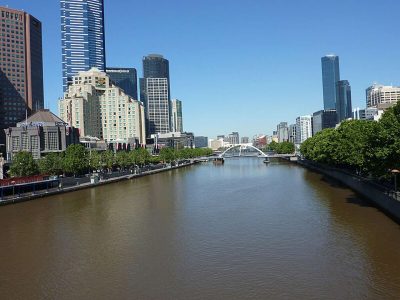
The Yarra River in Victoria, Australia, boasts an impressive age of approximately 40 million years. Flowing through Melbourne, it has become a cultural and environmental icon for the region. The river’s meandering path suggests it predates the uplift of surrounding mountain ranges. For tens of millions of years, its waters have sculpted valleys and supported lush ecosystems. Indigenous communities have long revered the Yarra, referring to it as “Birrarung.” Urban development has transformed its lower stretches, but conservation efforts aim to preserve its upper reaches. Today, the Yarra blends ancient natural heritage with modern urban life.
Amazon River, South America (Age: 11 million years)
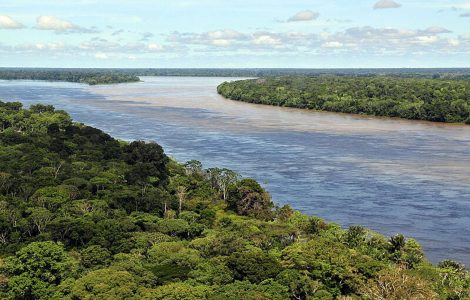
The Amazon River, though relatively young compared to others, is approximately 11 million years old. Originating in the Andes Mountains, it flows over 6,400 kilometers to the Atlantic Ocean, making it the largest river by discharge volume. Geologists believe the Amazon initially flowed westward before tectonic shifts reversed its course. The river plays a pivotal role in Earth’s climate and biodiversity, hosting the Amazon Rainforest, the worldes tropical forest. Its ancient tributaries carry sediments that tell stories of its evolution. Indigenous cultures have thrived along its banks for thousands of years, relying on its resources. Despite its immense age and scale, the Amazon faces modern threats from deforestation and climate change.
Susquehanna River, USA (Age: 300 million years)
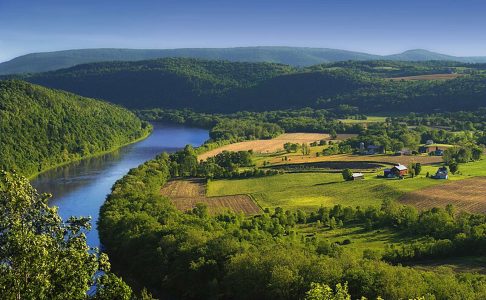
One of North America’s oldest rivers, the Susquehanna, has flowed for an estimated 300 million years. Originating in New York, it winds through Pennsylvania and Maryland before emptying into the Chesapeake Bay. The river predates the Appalachian Mountains, which rose around it, forcing the water to carve deep gorges. Geologists consider it a âsupermatureâ river due to its longevity and well-worn path. Historically, the Susquehanna supported Native American trade and early European settlements. Its watershed remains vital for ecosystems, agriculture, and communities in the region. Today, the river is cherished for its recreational and cultural significance.
Congo River, Africa (Age: 2 million years)
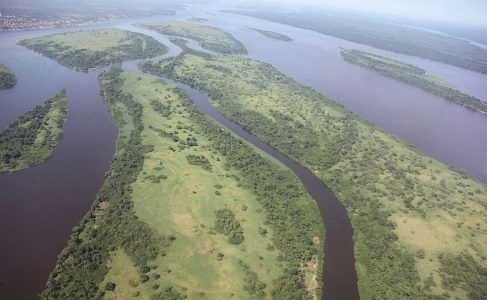
While younger than some of its counterparts, the Congo Riverâs estimated age of 2 million years belies its geological complexity. This massive river snakes through the heart of Africa, spanning 4,700 kilometers and connecting diverse ecosystems. It boasts the deepest river gorge in the world, with depths reaching over 220 meters. Formed by ancient tectonic activity, the Congo remains a lifeline for millions. Its basin is home to the Congo Rainforest, second only to the Amazon in size. The river also generates hydroelectric power, crucial for regional development. Despite its immense natural wealth, the Congo faces environmental and political challenges.
Orinoco River, South America (Age: 13 million years)
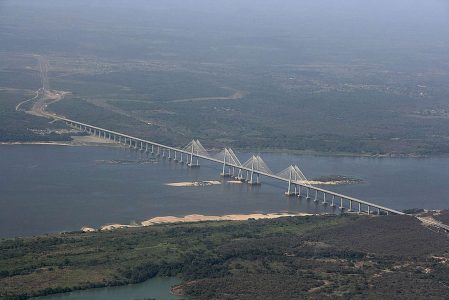
The Orinoco River of Venezuela and Colombia is about 13 million years old, tracing its origins to the Miocene epoch. Stretching 2,140 kilometers, it supports diverse ecosystems, from tropical rainforests to savannahs. Over millions of years, it has carved an intricate network of tributaries and wetlands. This river has long been a resource for Indigenous peoples, providing food, water, and transport. Its sediment-rich waters shape the Orinoco Delta, one of South America’s ecological treasures. The Orinoco also harbors unique wildlife, including river dolphins and giant otters. Its history intertwines with legends, exploration, and natural beauty.
Indus River, South Asia (Age: 45 million years)
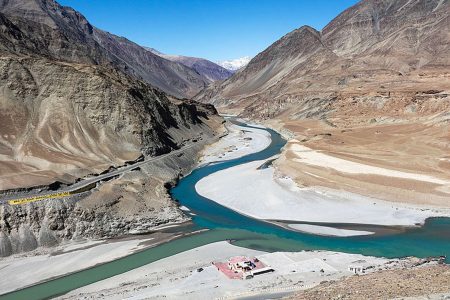
The Indus River, one of South Asiaâs most historic waterways, is believed to be around 45 million years old. Originating in the Tibetan Plateau, it flows through India and Pakistan, sustaining the Indus Valley Civilization, one of humanityâs earliest cultures. The riverâs age is attributed to tectonic shifts that uplifted the Himalayas during the Eocene epoch. Stretching over 3,000 kilometers, the Indus has carved valleys and deltas essential for agriculture. Its sediment layers reveal a rich geological history, tracking climatic and environmental changes over millions of years. Despite its ancient roots, the river faces modern challenges, including water scarcity and damming. Today, it remains vital for millions of people who depend on its waters for sustenance.
Colorado River, USA (Age: 70 million years)
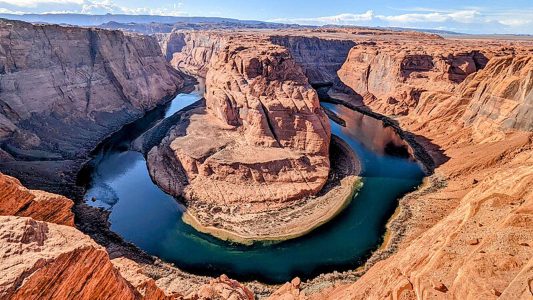
Flowing through the southwestern United States and Mexico, the Colorado River is estimated to be over 70 million years old. Its path predates the rise of the Rocky Mountains, which it carved through over millennia, forming iconic landscapes like the Grand Canyon. Geologists trace its origins to the Cretaceous period, when dinosaurs roamed the Earth. The river stretches 2,330 kilometers, supporting ecosystems and communities along its course. Over millions of years, its waters eroded vast canyons and valleys, leaving behind breathtaking geological formations. Despite its age, the Colorado faces threats from overuse and climate change. Today, it remains a lifeline for agriculture, drinking water, and hydroelectric power.
Paranai River, South America (Age: 50 million years)
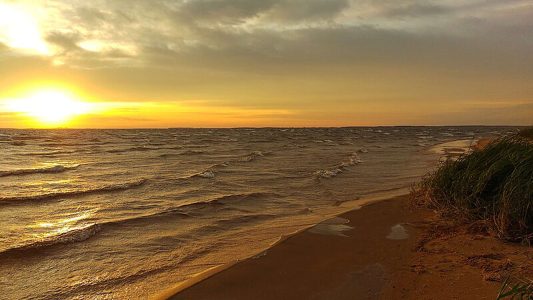
The Paraná River, flowing through Brazil, Argentina, and Paraguay, is roughly 50 million years old. Spanning over 4,800 kilometers, it is the second-longest river in South America. The riverâs ancient origins can be traced to tectonic activity that shaped the continentâs landscape. Its basin supports vast wetlands, such as the Pantanal, one of the worldâs most biodiverse ecosystems. For centuries, it has been a vital resource for agriculture, fishing, and transport. Its age is reflected in its well-established tributary network, which covers a massive area. Today, the Paraná plays a critical role in regional economies, though it faces challenges from damming and deforestation.



